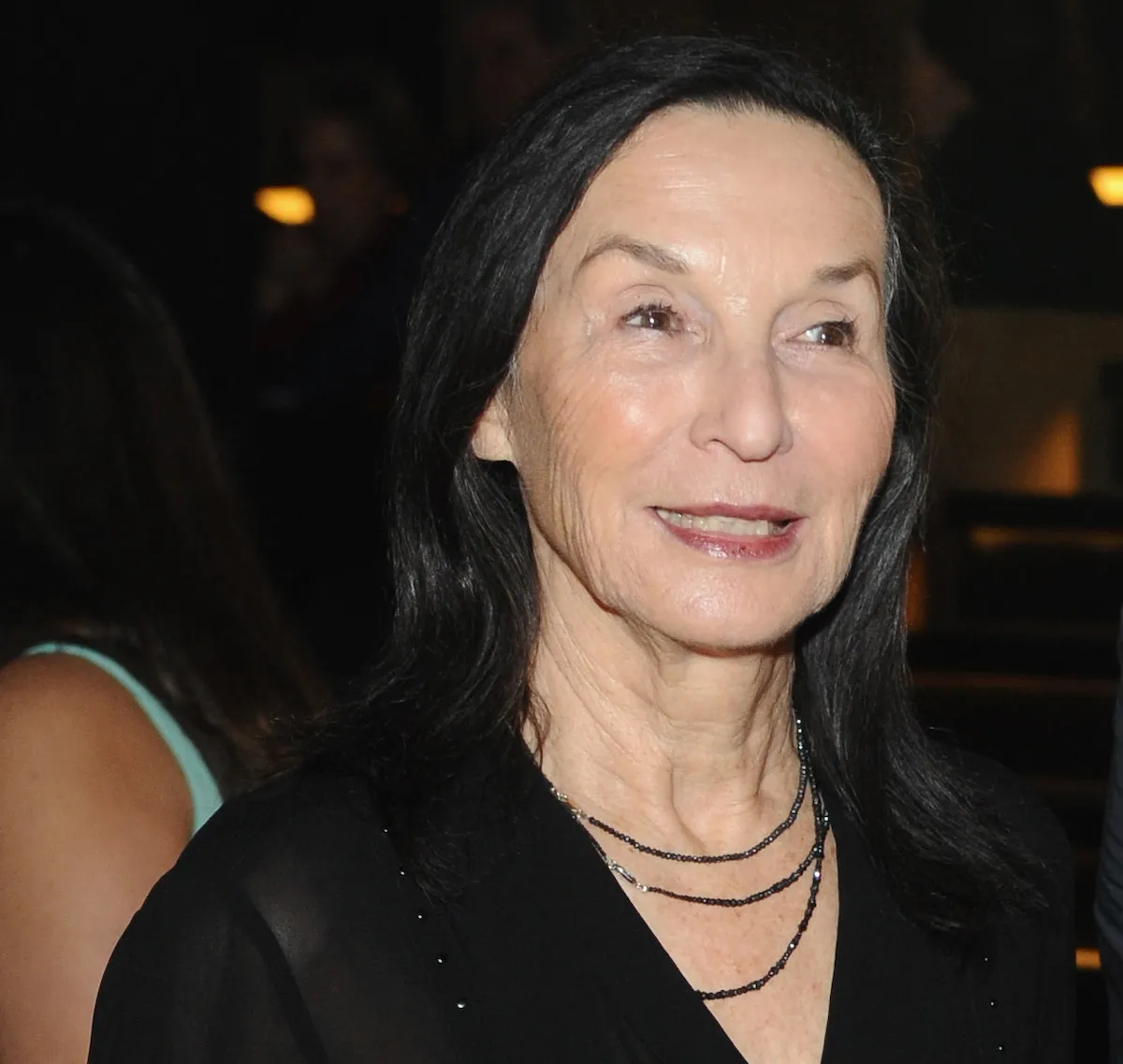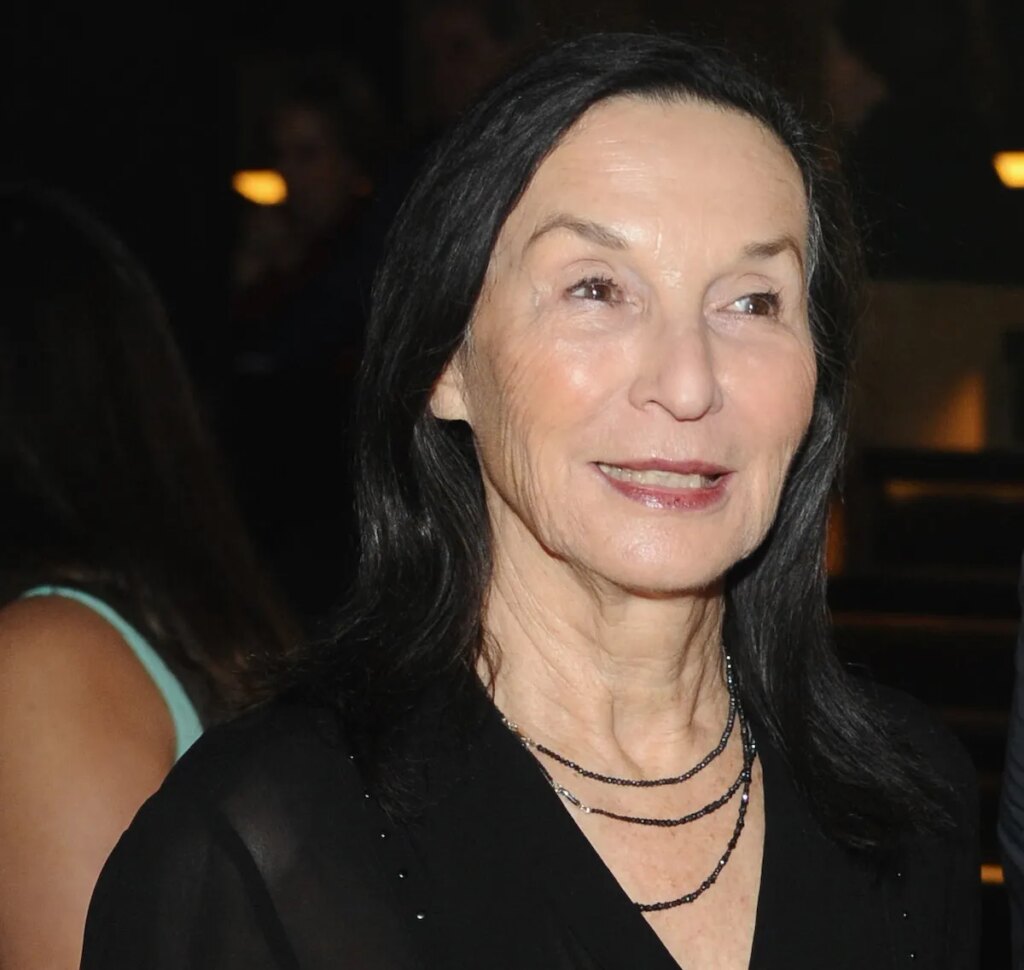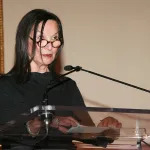
Barbara Gladstone, a dealer who built one of the top galleries in New York, died on Sunday in Paris following a brief illness at 89. The gallery confirmed her death in an email sent to the press on Monday.
Her gallery, Gladstone Gallery, currently has locations in New York, Brussels, Seoul, and Rome. It has amassed a roster studded with celebrated artists, among them Matthew Barney, Alex Katz, Joan Jonas, Wangechi Mutu, Keith Haring, Robert Rauschenberg, Carrie Mae Weems, Arthur Jafa, and many more.
She opened her gallery in New York in 1980, and rose to become one of the city’s most notable dealers.
Steady, carefully thought-out growth characterized the gallery, but even in a market climate where bigger is thought to be better, Gladstone kept her business modest. In 2020, for example, dealer Gavin Brown merged his space with Gladstone’s, a move that many observers saw as a gigantic step forward for two gallerists who are so closely watched. But Gladstone generally did not make much of it.
“The goal of our gallery does not involve having a global presence, which seems to me a core idea of a mega-gallery,” she told ARTnews around that time. “We do not need an outpost in every city, like a retail shop. Rather, my gallery remains attuned to the granular movements and energies that best serve artists and the spirit of their intentions in a localized and nuanced way. I still think of it as a small operation built solely on relationships and the hard work of getting better at what we do.”
In 1980, when Gladstone opened her gallery, she was twice divorced and a mother of three sons. She was an art history professor at Hofstra University at the time, and she had been collecting prints because they were obtainable for lower prices than artworks in other mediums. Subscribing to a newsletter dedicated to prints spurred her to getting into the business of selling the ones in her holdings.
“I bought a print, I listed it, someone bought it, I rolled it up, I put it in a tube, I sent it, I bought another. Very boring,” she told journalist Charlotte Burns. “And at a certain moment, I thought, ‘There have to be other artists, there just have to be.’”
She began seeking out artists who were showing at alternative spaces but lacked commercial representation. Then she would cultivate relationships with those artists and sell their works on paper through her gallery.
When she started her gallery, Gladstone was paying $700 for a space on 57th Street that she described as being “the size of a shoebox.” Her ambitions quickly exceeded her means, and she later moved to a bigger space in SoHo, where she began to show cutting-edge art by artists who were not so established.
One was Matthew Barney, who, in 1991, did an exhibition that featured one performance in which the artist donned a harness, inserted an ice screw in his anus, and ascended the gallery’s walls. He was just 23 years old at the time. Today, that show, which also featured sculptures formed from petroleum, is considered iconic.
“It takes some wisdom to steer a path through what everyone else wants you to do and what serves you best,” Gladstone told critic Linda Yablonsky in 2011. “Each situation is different. There’s no formula. I trust my instincts.”
Further signs of Gladstone’s business savvy arrived in 1996, when, with the galleries Matthew Marks and Metro Pictures, her enterprise bought a 29,000-square-foot space in Chelsea. The neighborhood was not yet a budding art district, though it would in the coming decades become one. “Because I’ve started showing big sculptures, I needed a different kind of space, one with concrete floors and big garage doors,” she told the New York Times.
Then, in 2002, she doubled down on Chelsea, bringing on the dealer Curt Marcus to help man her operations there. She had officially moved her gallery out of SoHo less than a year beforehand. The Times reported that Marcus’s hiring was the result of six months of negotiations—yet another example of the slow, deliberate quality that imbued Gladstone’s dealings.
Her legacy is abundantly evident in the art world. Many artists who passed through her gallery have gone on to ascend to the art world’s highest ranks: Jenny Holzer, the subject of a current Guggenheim Museum survey, had some of her earliest shows with Gladstone, and Richard Prince was represented by the dealer before he joined the mega-gallery Gagosian.
There have recently been signs of discord among staff at Gladstone Gallery. A former gallery manager sued the enterprise and Gladstone in 2022, claiming that workers there experienced verbal abuse and racial discrimination. A gallery spokesperson said at the time that those claims “lack merit.” (As of June 12, the lawsuit was still pending in the New York court system.)
In the past few years, Gladstone said she had taken a step back from certain tasks at the gallery. She described a healthy relationship between some of the high-ranking figures at her gallery. Max Falkenstein, who joined the gallery in 2002, currently serves as senior partner; Gavin Brown serves as partner alongside Caroline Luce and Paula Tsai.
“Barbara valued her relationships with artists above all else and remained their advocate up until the end,” Falkenstein, Brown, Luce, and Tsai said in a statement. “She championed artists who are breaking new ground with their work and stood with them as they developed their practices, noting that ‘you have to sense in someone’s work the possibility of longevity.’”
Gladstone is survived by her two sons, David and Richard Regen. Her third son, Stuart Regen, who cofounded the Los Angeles gallery Regen Projects, died at age 39 in 1998 of cancer.
Asked about the future earlier this year, she told journalist Charlotte Burns, “I think it will be fine because I think that these people are all working together now very well. I don’t go to art fairs anymore. They do perfectly beautifully without me. Everybody has developed their own relationships with artists, their own relationships with collectors. These things are bigger than one person. Way bigger.”


